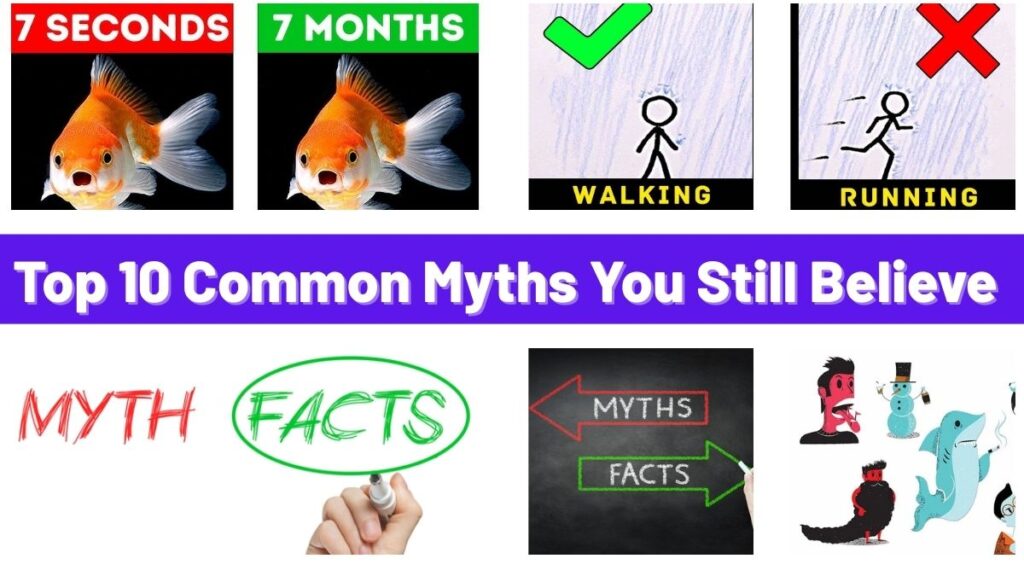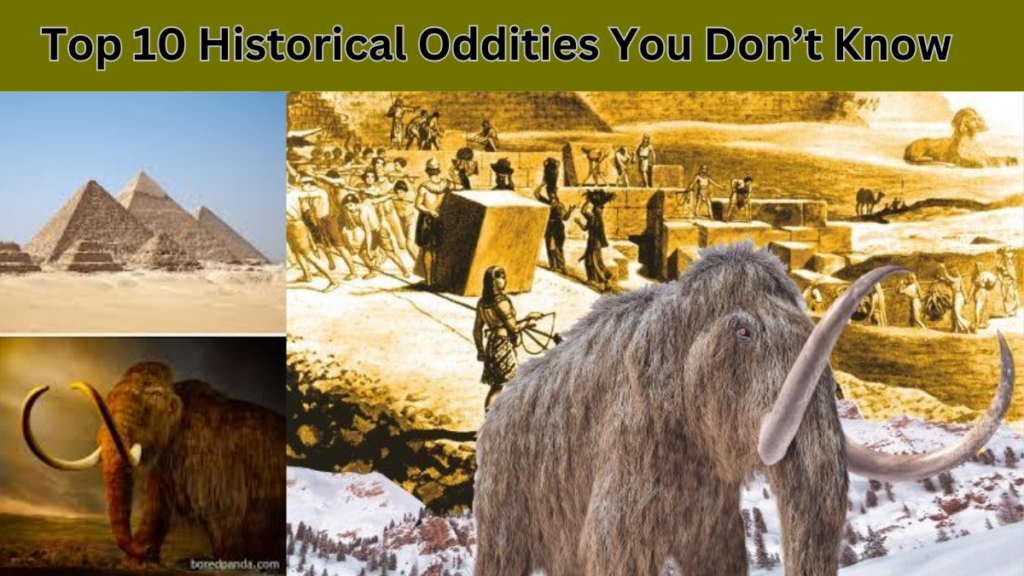TOP 10 MEMORABLE ALIEN RACES IN SCIENCE FICTION
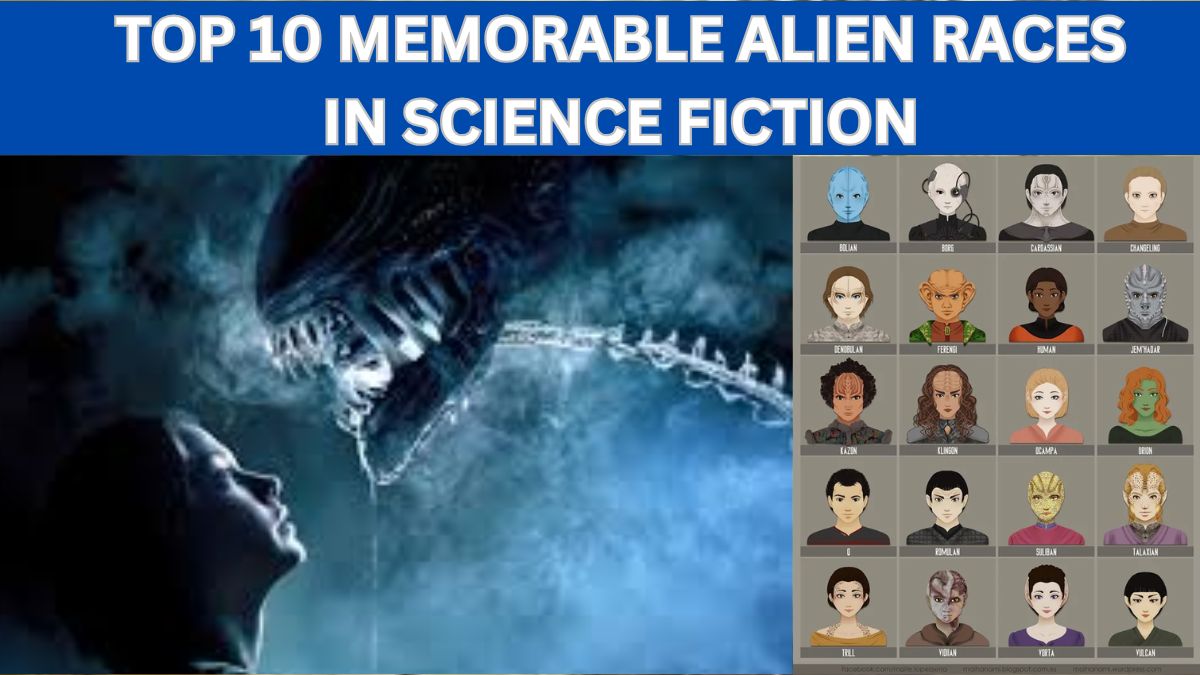
“Explore the top 10 most memorable alien races in science fiction, from the biologically advanced Yilane to the enigmatic Overlords. Dive into their unique cultures, conflicts, and the thought-provoking themes they bring to storytelling. Whether they are invaders, allies, or something in between, these iconic extraterrestrial beings have left a lasting impact on sci-fi literature and film.”
YILANE
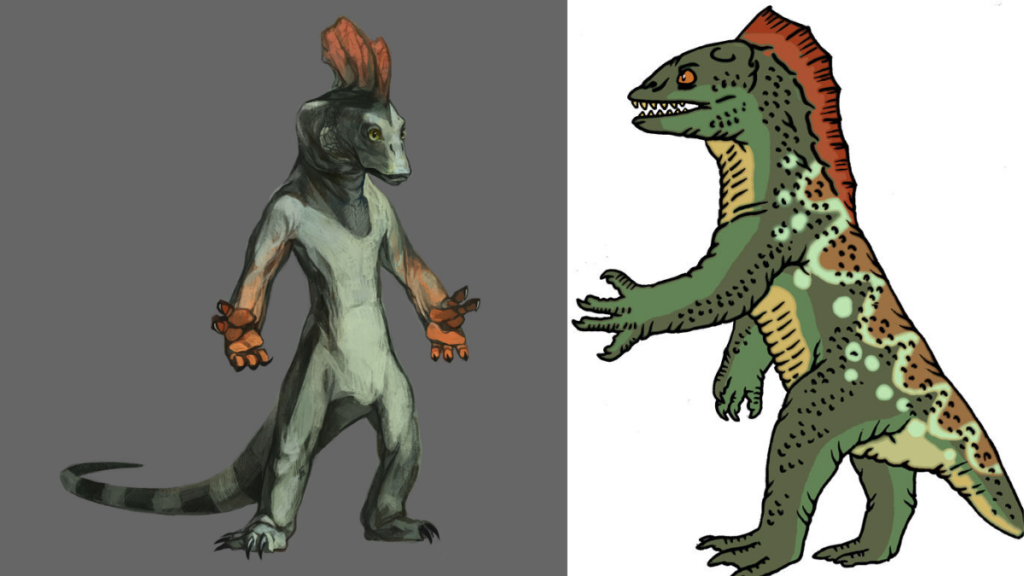
Another rather well-known race, and here’s hoping someone with a real budget will get around to making a movie of Harry Harrison’s 1984 masterpiece West of Eden. It spawned a few sequels (with the usual slight lowering of quality) and is a stunning example of meticulous alien-creation. Although, the Yilane aren’t truly aliens in one sense of the word… this is an alternate evolution of Earth story. Humans are at the hunter-gatherer stage. The Yilane are four-feet tall, erect, intelligent reptiles descended from dinosaurs. Theirs is a matriarchal society whose technology is based almost exclusively on the manipulation of the biological sciences. They literally grow plants and animals that are modified to perform such diverse functions as microscopes, boats, and living blankets. The Yilane are tropical whereas the humans are temperate. But impending climate changes push the two societies toward one another and conflict erupts. Kerrick, the human protagonist, is uniquely situated; he was captured by the Yilane at an early age and raised among them. This upbringing is the true beauty of the book: it allows the author to show the reader the awesomely rich Yilane culture without having to rely heavily on exposition. As Kerrick learns, so do we. And quite an education it happens to be, as readers end up truly knowing a completely alien culture, without any sacrifice in good storytelling whatsoever. Harrison is rather erratic in the quality of his various works—some are horrible, many are craftsman-like, a handful are quite good—but he undoubtedly triumphed with West of Eden
CHTORRANS
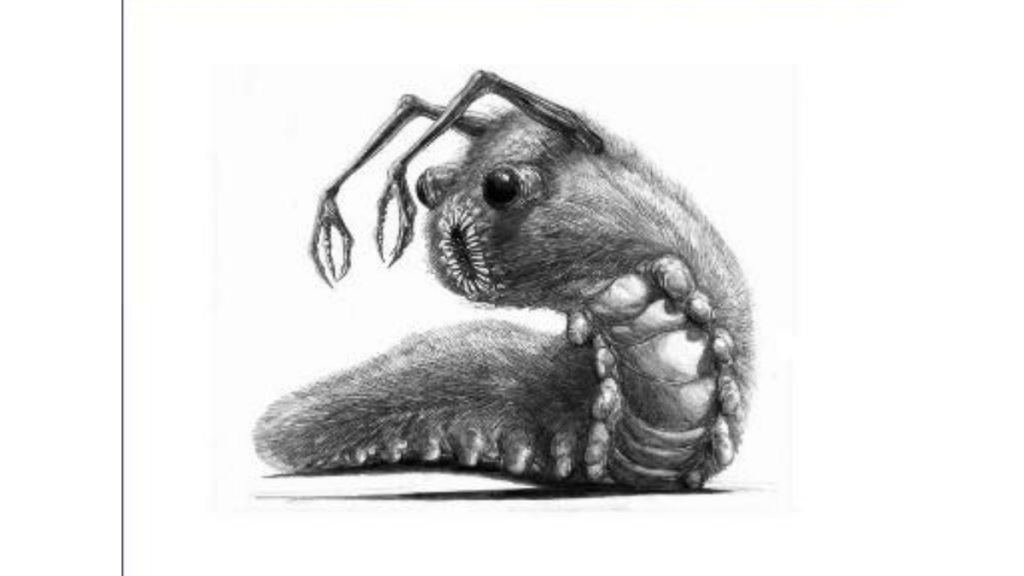
If you don’t know David Gerrold, you, nonetheless, probably know one thing he did—he wrote the Star Trek episode, “The Trouble with Tribbles.” His output includes a number of short stories and novels of varying quality. But in 1983, he published A Matter for Men, volume one in what became known as The War Against the Chtorr. Although the “worms” are the most visible face of the Chtorr, what we have here is nothing less than the attempt of an entire biosphere to conquer Earth. Several books resulted, and happily, some of the latter ones are just as good as the first. They really have to be read in order, though, as the Chtorran infestation multiplies and human reaction changes accordingly. This comes close to violating a criterion—it would be stretching it to call a Chtorran worm a “person”… even with absolutely zero speciesism. A God, maybe, but not a person.
FORHILNOR
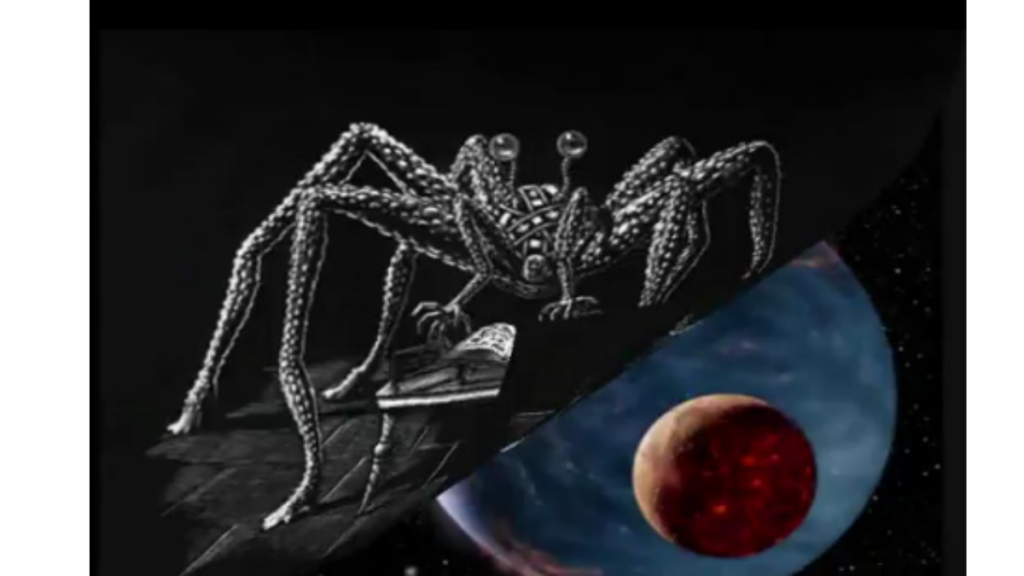
Pretty danged human for being essentially giant spiders. Canadian author Robert J. Sawyer, who is probably today’s foremost purveyor of “hard” science fiction, introduced us to this race in 2000’s Calculating God. Even though the events in the novel deal with the Forhilnors coming to Earth and interacting with a human paleontologist, it could be said that the aliens are simply bystanders… Sawyer uses that encounter to tackle really mind-blowing concepts of creation, cosmology, and why life exists at all. Nevertheless, the reader would love to have Hollus as a dinner guest and would be proud to have that [person] as a friend. Satisfies the criterion of knowing what those folks are really like. But as a digression: Take three good friends. One is a fundamentalist assured of his salvation. The second is an agnostic who feels he believes in God but doesn’t quite know what that means. The third is an atheist who looks strictly to chemical processes. Remember, they are all good friends. Calculating God is the book they should discuss around a campfire.
HROSHII

It is hard to explain these guys without spoiling everything, but I’ll try. Well over half of Robert A. Heinlein’s 1954 “juvenile” SF novel, The Star Beast, has played out before the word “Hroshii” ever appears. But they’re plenty powerful—and disinclined to negotiate. They’re looking for someone, and they simply will not take no for an answer. The someone they are looking for has a little trouble taking no for an answer, as well. Not truly disobedient, and with no desire to cause harm, just kind of literal-minded in following instructions and always a little hungry. “Lummox” is so a person and more than that, s/he’s a friend!
YTHRIANS
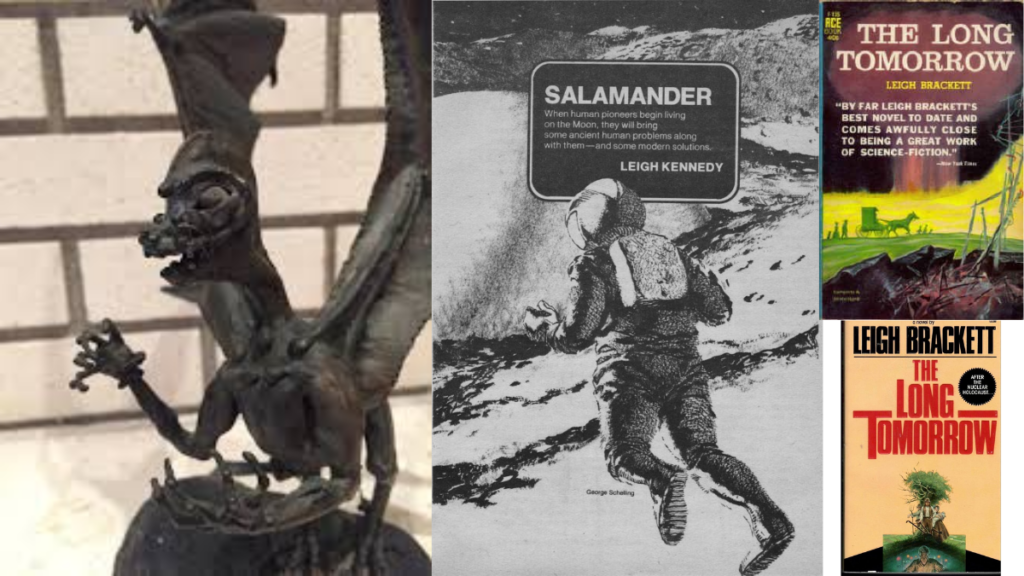
Poul Anderson is undoubtedly one of the deans of science fiction; his word count alone contains way too many commas. Many of those words were as a result of cranking out short story after short story for the magazines back in the day. He had sort of a “Future History”—a term associated with Robert A. Heinlein— but Anderson’s future history was rather a disjointed one. Many of his stories were set in the backdrop of the so-called Polesotechic League, which spanned four thousand years of human interstellar exploration. The League is a thinly veiled (if veiled at all) allegory of nineteenth-century robber-baron capitalism.
GROACI
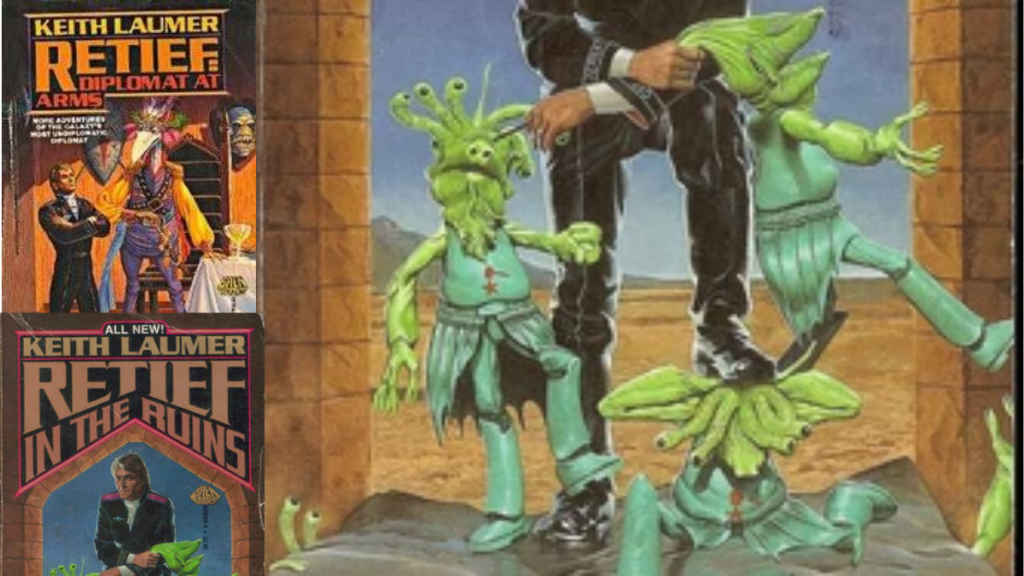
It’s problematical whether Keith Laumer is best known for his Bolo series of works or what he has done with his James Bond-ish assistant diplomat character, Jame Retief. Probably the latter. Lots of stories and novels over several decades. Regardless, these tongue-in-cheek tales of derring-do and human ingenuity in the face of human diplomatic incompetence have sold quite well for many years.
FUZZIES

H. Beam Piper solidified his place in science fiction history with the publication of 1962’s Little Fuzzy. The adjectives most used in reviews of this book might well be “delightful” and “charming,” and one can’t blame the reviewers for that. Cute and cuddly, the Fuzzies are. But the novel explores a rather important theme: how do we define sapience? Is this life-form just a critter, over which we can claim dominion, or a thinking creature in its own right, in which case exploitation, and even murder, rears its ugly head?
DRAC
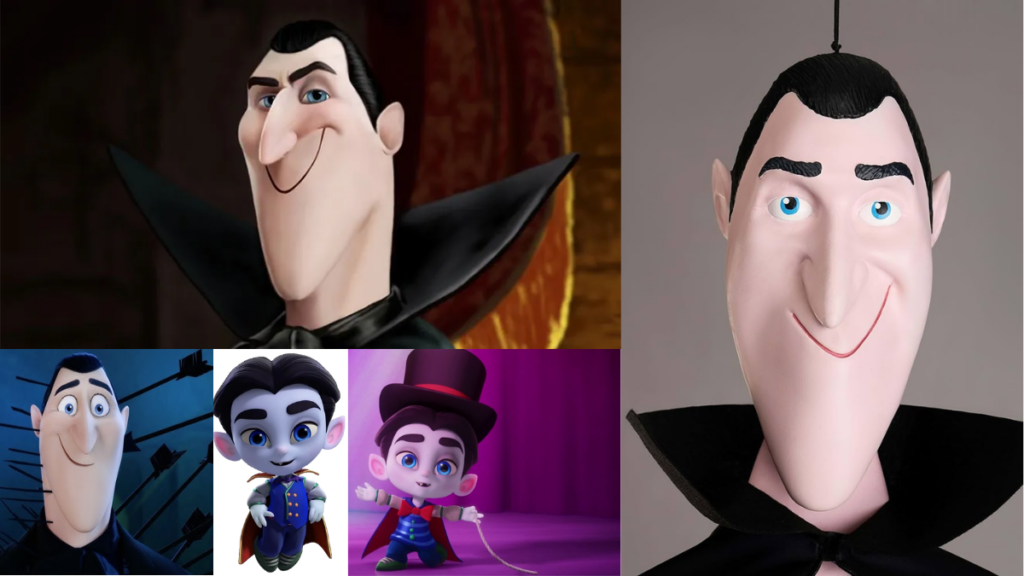
OK. So a guy publishes a novelette and it wins the Nebula—mere months after the guy publicly denounces the awards themselves! Then it wins the Hugo. Along with the John W. Campbell Award because, after all, the guy is new. So he’s the first person ever to win all three of those awards in one year.
FITHP
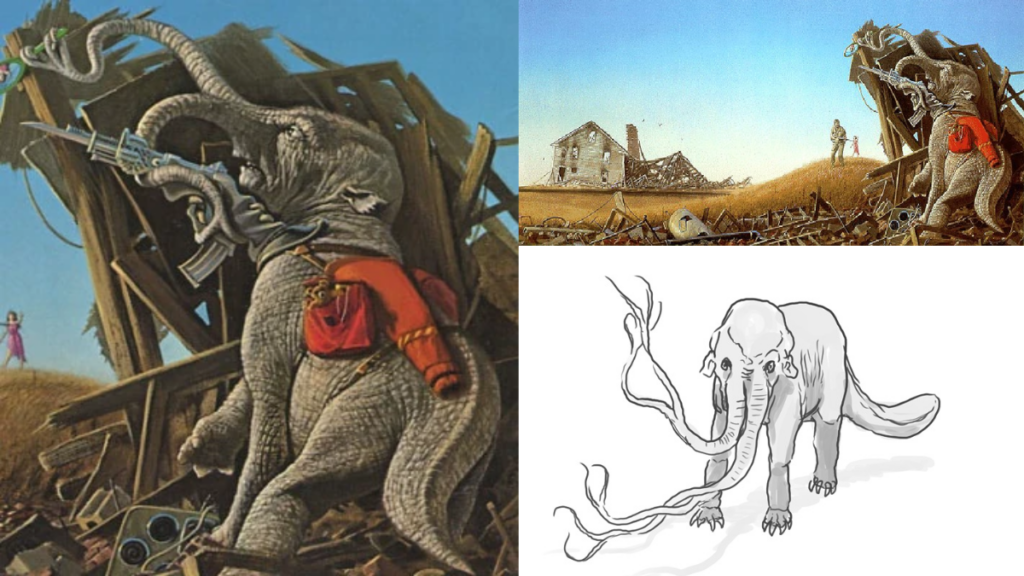
Larry Niven didn’t need the money but Jerry Pournelle did. Doesn’t really matter, because both guys are science fiction authors whether they’re eating Hamburger Helper or filet mignon. Together they are one of the most successful collaborations the field has ever seen.
OVERLORDS
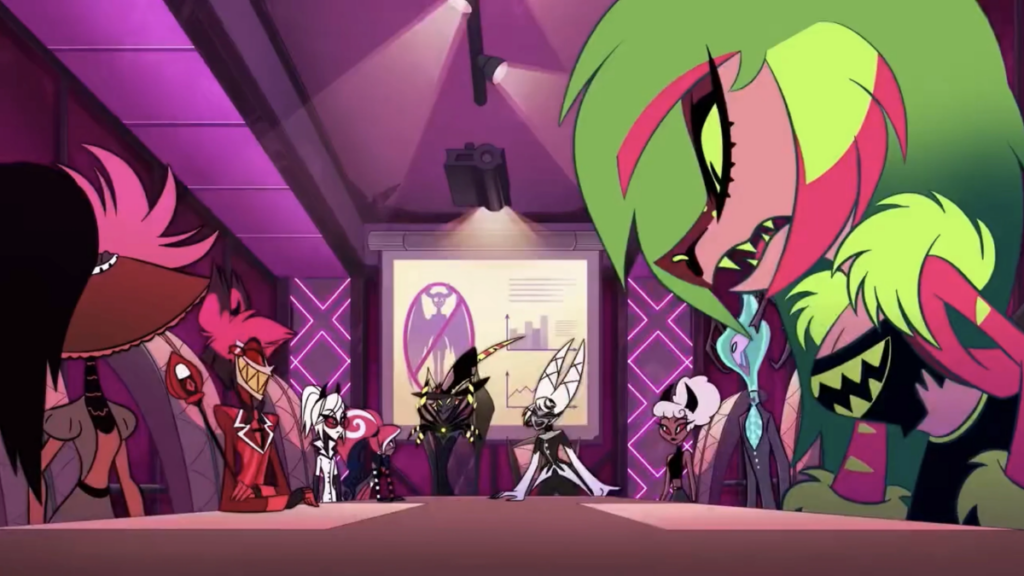
Widely included in university science fiction courses everywhere, Arthur C. Clarke’s 1953 classic Childhood’s End depicts yet another conqueror of Earth, but a benign one, in many ways. The Overlords make life better for everyone and end many of our persistent woes, all while sitting aloof in their gigantic starships positioned over major cities.
